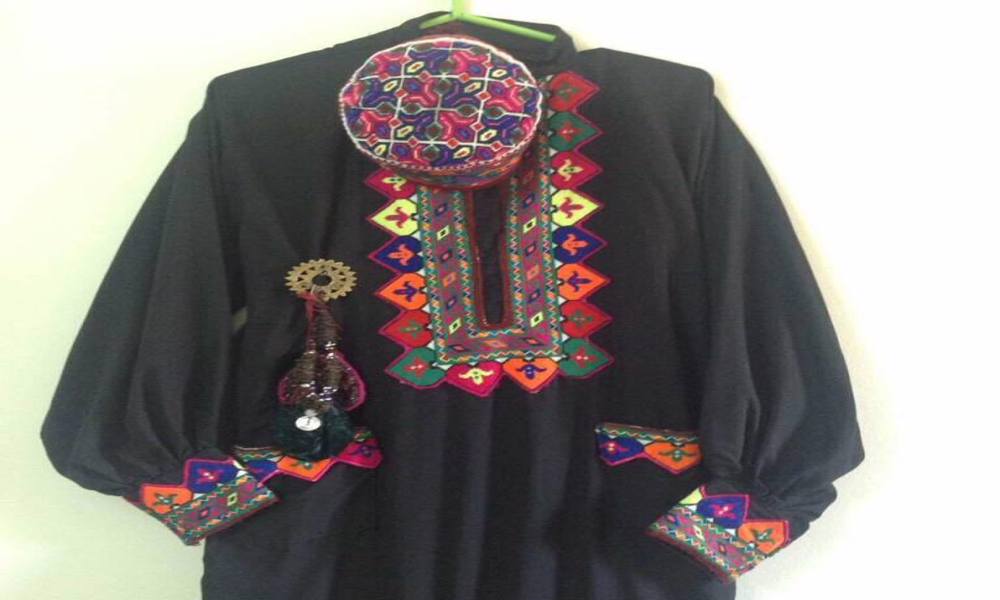
We All Are Culture
Culture
We All Are Culture

Gilgit-Baltistan is a culturally rich and diverse region shaped by various ethnic and linguistic influences. Predominantly the region is Islamic, it also has significant Christian and Sikh minorities. The region's unique history and traditions make it a melting pot of different cultures.
Gilgit-Baltistan has rich language and literature, with Shina, Balti, and Burushaski as the main languages. Shina is spoken by the majority of the population. The region has vibrant traditions of music, dance, and unique arts and crafts. The region is Known for its hospitality. The warm and welcoming people of this beautiful area belong to various ethnic groups.
The culture of Gilgit-Baltistan blends Tibetan, Mongolian, and Central Asian influences. Predominantly the people are warm, hospitable, and rich in traditions and customs. The region is renowned for its traditional arts and crafts, natural beauty, and outdoor activities like mountaineering, trekking, and climbing. The locals take great pride in their cultural heritage.
Gilgit-Baltistan is known for its traditional dishes such as Chapshuro (minced beef pie), Gyaling/Gral (thin wheat bread), Marzan (wheat dough with apricot oil), Balay (noodles with goat meat and broth), Namkeen tea, and Prapo.
The traditional dress of Gilgit-Baltistan is a key cultural aspect. Men wear shalwar kameez and a traditional cap, while women wear a shalwar kameez or a gharara with a dupatta. These traditional dress is made from locally sourced wool and cotton, these garments are often worn during festivals and ceremonies. Being the majority of muslim in the region, Muslim women cover their heads with a chaddar except Non-Muslim.
The family system in Gilgit-Baltistan is based on traditional values, with a prevalent joint family structure where multiple generations live together. The family is the most important societal unit, and communities are close-knit. Decisions are made collectively, with the father as the head of the household and the mother managing the home and children. Extended families and grandparents play significant roles in raising children. The divorce rate is very low.

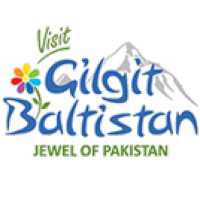
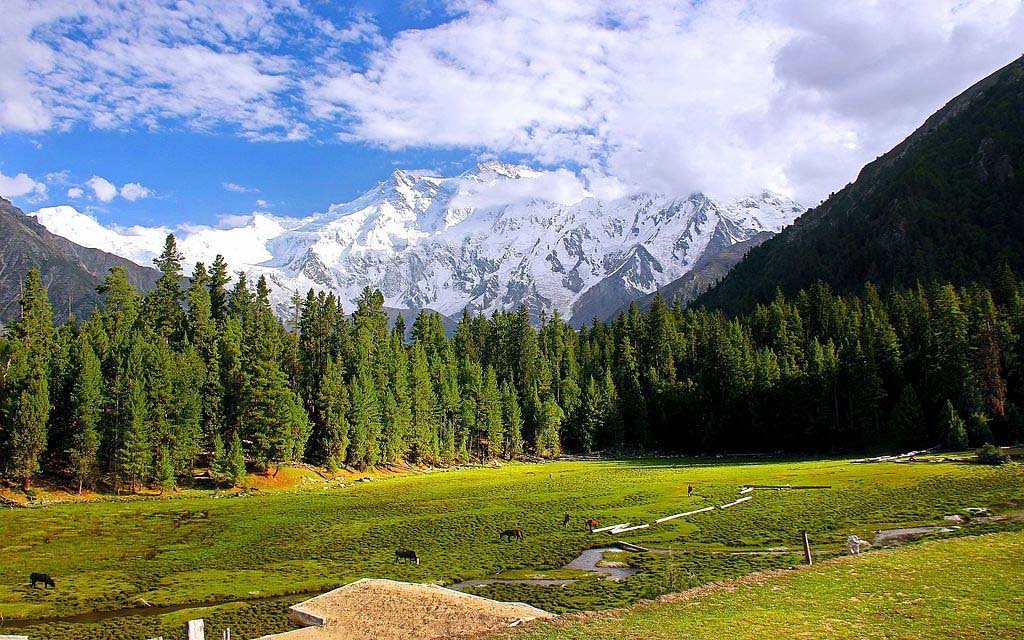
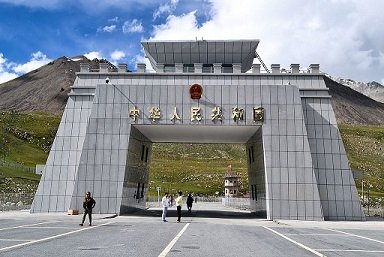
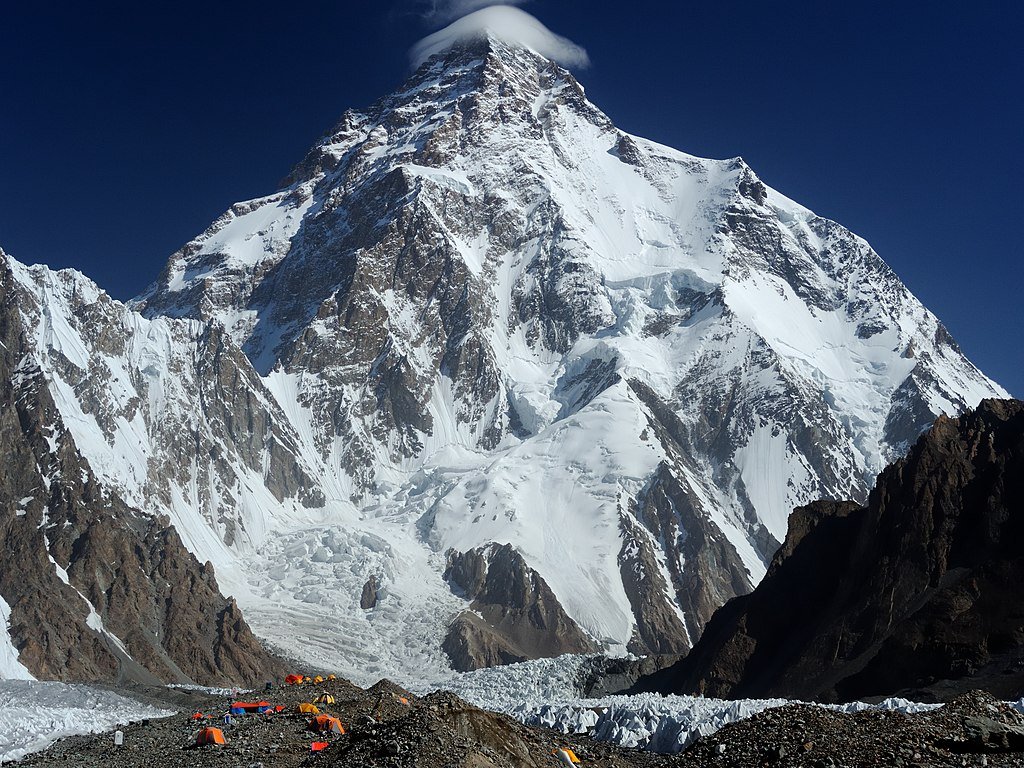
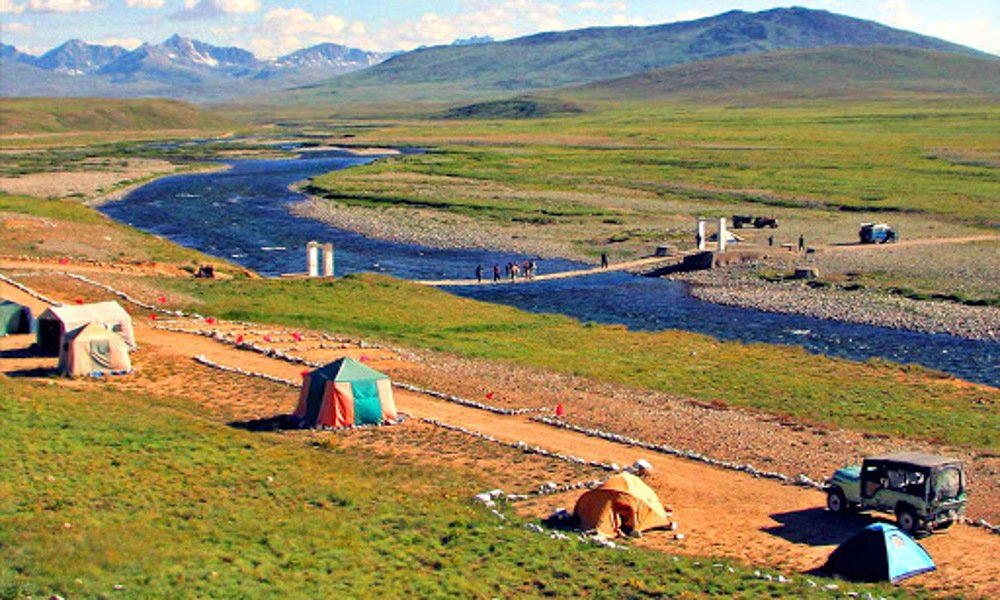
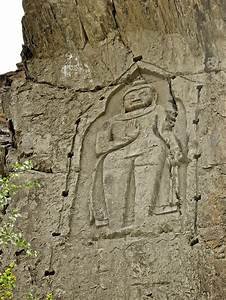
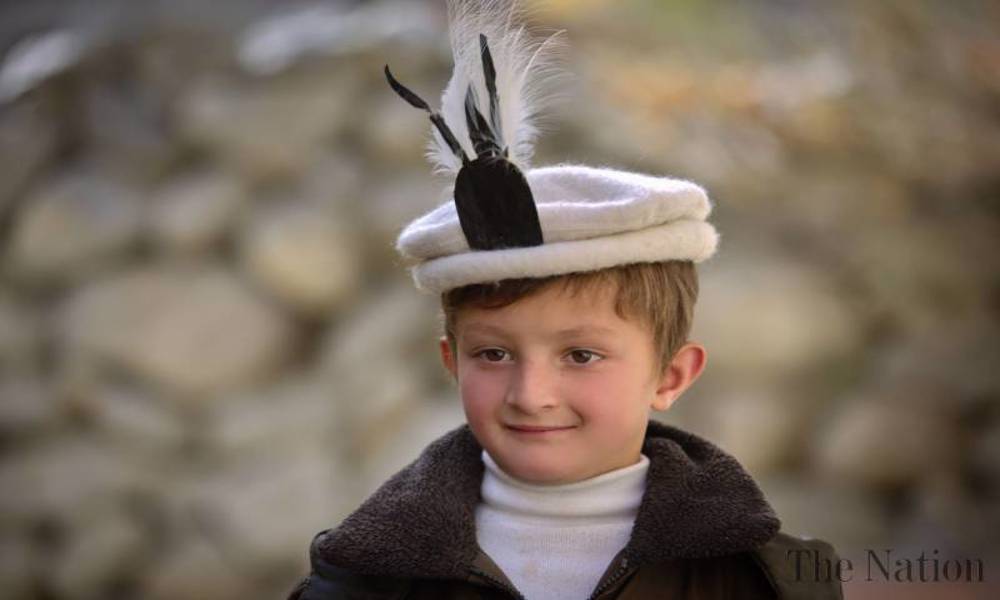
eee 23 August, 2024
eeeeeeeeee